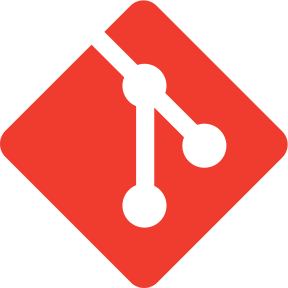Live-synchronized Todo app.
todo.fullstack.mp4
todo.fullstack.sync.mp4
Link to project: https://r2-todo-fullstack.herokuapp.com/
Combination of 

The Frontend is built, then the Backend, the assets are copied from the frontend to the backend, and finally the backend is started and serves the frontend assets along with the actual API.
Tech used: HTML, CSS, JavaScript, TypeScript, Node.js, Express.js, Sequelize, Docker, Heroku, GitHub Actions, Material UI, Vite, React
First is the Backend, which is a Node.js server with Express.js and Sequelize, written using the MVC architecture, fully usable via both the REST API and WebSocket API.
Then is the Frontend, which is a React app built with Vite, using Material UI, using the Context API for state management.
Both are written in Typescript, and managed via both Docker and GitHub Actions, being merged into a single deployment via this very repository.
While the API is quite optimized - allowing for both usage of the traditional REST API & WebSocket API - the offline-list could be improved by transforming the Frontend into a PWA.
While not my first time using any of these particular technologies, combining them all together with a multi-repo setup was a great experience.
The Dockerfile can be used to build the application for production, with the Backend serving the Frontend.
For development purposes, Docker Compose is also an option, starting both halves in development mode with a persistent Postgres database.
Deployment to Heroku is achieved using the Dockerfile
A single GitHub Action is used to automate the deployment to heroku, with the help of the Heroku Deploy action.
Why are you using GitHub Actions to automate deployemnt and not Heroku?
At the time of writing, using Git submodules is only supported for builds triggered with direct pushes, builds triggered via the Heroku GitHub API do not include the submodule contents















